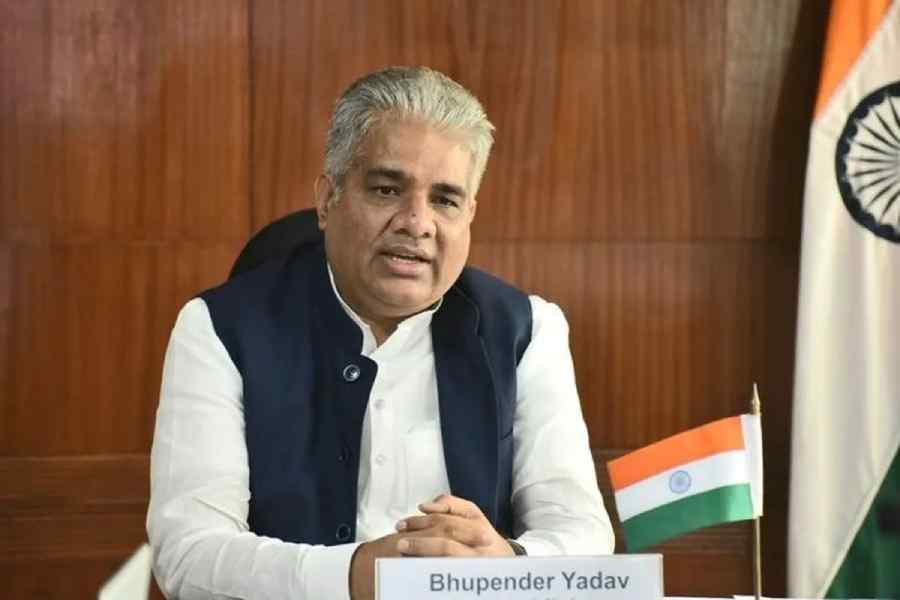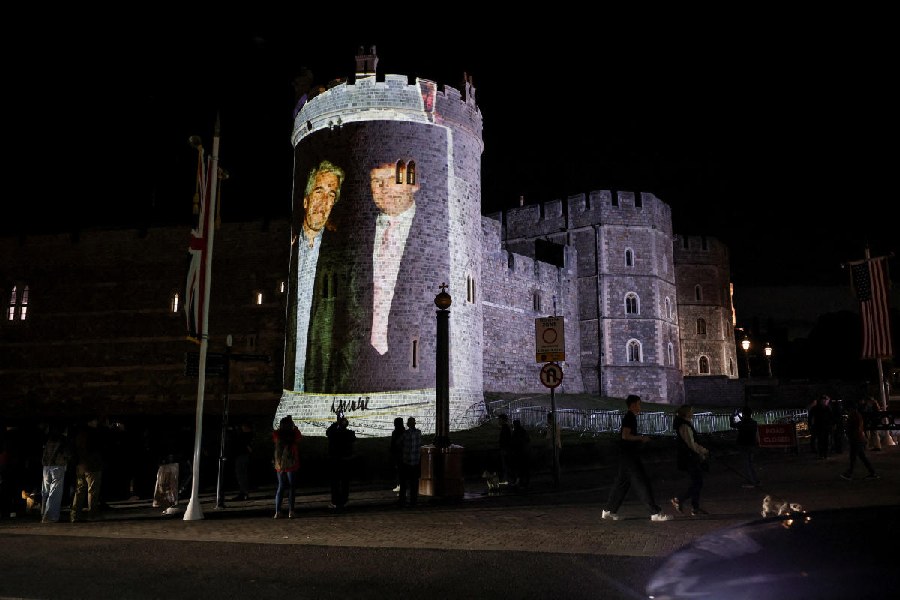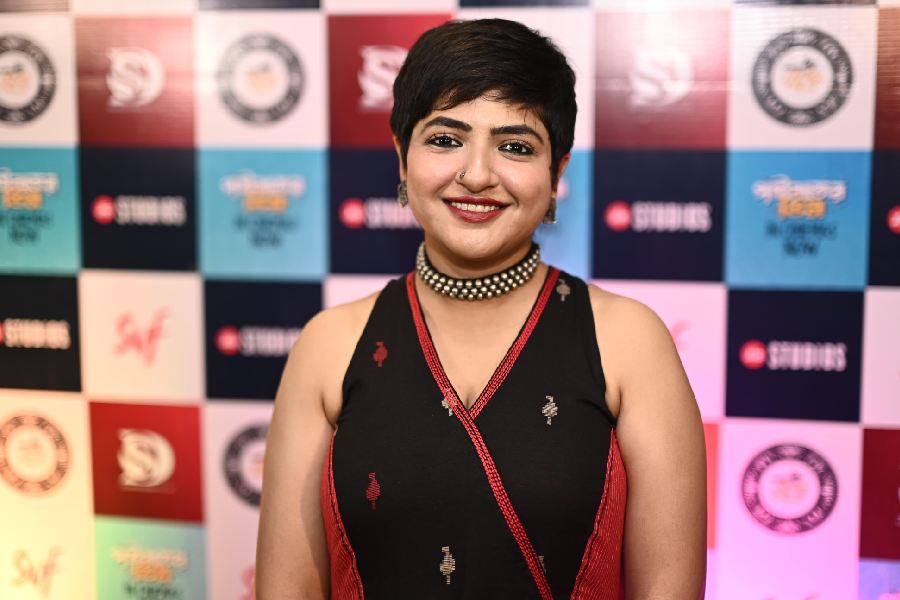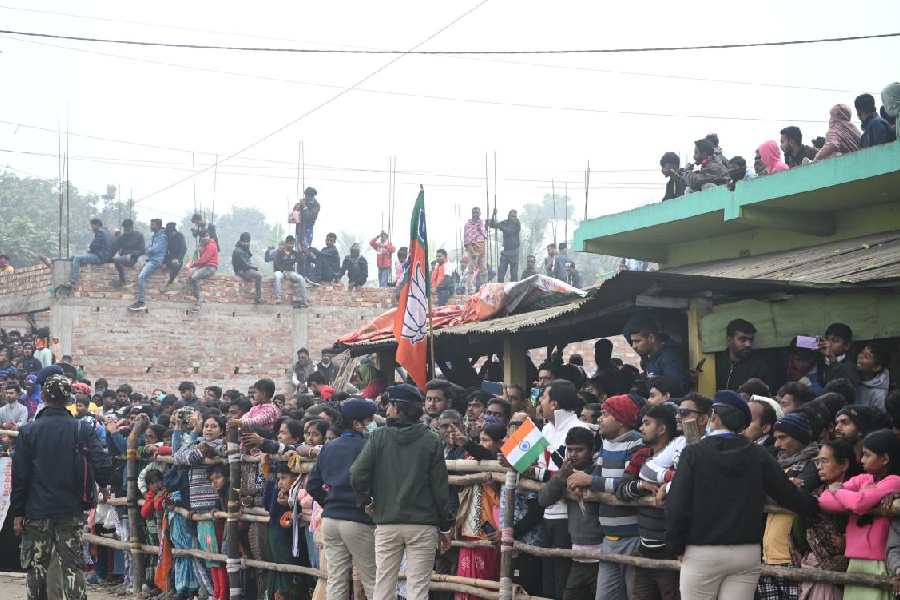 |
| Pic by Jagan Negi |
It was a Big Fat Indian wedding on a mammoth scale. Designer Sumant Jaya-krishnan was asked to transform the historic San Clemente Palace Hotel in Venice into an eye-catching Indian wedding venue where Colombian pop sensation Shakira shimmied and sang for the assembled 800 guests of London-based billionaire Pramod Agarwal.
Lending his magician’s touch, he created a 60-ft high marquee that looked like a Venetian palazzo with medieval-style frescoes on the ceiling and open windows shaped like those of the Doge’s Palace. For the garland exchange ceremony between Agarwal’s daughter Vinita and Muqit Teja, he set up a backdrop of floral peacocks. And around the dining area he created a Venetian pergola from which Romanesque statues looked down. The vedi (where the actual wedding took place) also featured a magnificent layered floral chandelier made up of 7,000 orchids.
 |
| For the launch of Dior’s second showroom in India, Jayakrishnan transformed parts of the Taj Mahal Palace Hotel in Mumbai |
Jayakrishnan thinks of himself as a master of many trades. Sometimes he’s an installation artist, sometimes a costume or a theatre set designer and sometimes, he’s all of these and more. But he reckons ‘scenographer’ is the best word for what he does. “Scenography encompasses all aspects of space, art and design,” says the National Institute of Design (NID) graduate who’s today the most sought-after scenographer in India.
Back at his Mehrauli studio on the outskirts of Delhi, the 42-year-old designer reckons his plate is piled high.
Listed in his diary are fashion events like Couture Week in Delhi and the finale of the Lakme India Fashion Week in Mumbai. Besides that he’s designing blockbuster events for the inaugural Indian Formula One Grand Prix in October, in Delhi, some society weddings and a show marking Swarovski’s 10th anniversary in India. He also has several international projects in the pipeline.
It has already been an eventful — pun intended — few months for Jayakrishnan. A few months ago he was setting the scene for a dazzling fashion show in an august setting — London’s Banqueting Hall, just down the road from the Houses of Parliament — for upmarket label Vanessa G. Before that, he transformed the old Taj Mahal Palace Hotel in Mumbai with lights and video displays for the launch of Dior’s second showroom in the country.
 |
| The historic San Clemente Palace Hotel in Venice was converted by the designer into a tasteful yet opulent venue for billionaire Pramod Agarwal’s daughter’s wedding |
The designer, whose passion for theatre dates from his college days, feels that doing large-scale events and grand weddings are great platforms to try out dramatic new design techniques and innovative concepts. At the Agarwal wedding, for instance, he turned a wall of water from a fountain into a screen onto which video images were projected.
The set designer, who trained in visual communication at NID, Ahmedabad, got an opportunity to hone his skills while travelling abroad and learning new mediums of visual communication. He has won a string of foreign fellowships from the Charles Wallace India Trust Arts Award (a British Council Arts grant) to the Fulbright Arts Fellowship and also picked up the prestigious Sanskriti Award along the way.
Jayakrishnan, who is known for his bold use of colour, says he got into set and wedding decor designing thanks to his fashion designer friends. In 2000, when he was creating sets for them, their clients saw his work and started asking him to design weddings. But the real credit, he says, goes to “my friend Tarun Tahiliani who pushed me to take up set designing professionally.”
What makes Jayakrishnan stand apart? “Spaces have to be magical. How does one achieve that magic? You transform that space — by changing lighting or by changing the set or elements of it,” he says. In most of his creations, objects are moving, revolving, opening or transforming from one stage to another.
Today, creating sets with props, installations and lighting is second nature to Jayakrishnan, who was part of Deepa Mehta’s film Water as art director. Another big project he did was English theatre and opera director Tim Supple’s multilingual play A Midsummer Night’s Dream in 2006 for which he designed both the set and costumes.
The play toured the US and other countries after running in London and also played at the Royal Shakespeare Company in Stratford-Upon-Avon. His work got rave reviews, especially for a scene where characters leap out of a paper wall. “It revealed the inner world of an old, old forest,” he recalls.
 |
| A portion of the Swarovski Unbridled show in Delhi |
Over years of experimenting, he has found materials like yarn and ribbon useful. Another of his favourite designs is the lotus seen in a lot of his work — either suspended from a ceiling or moving using a stage mechanism. Also, he often uses copious quantities of flowers in unique ways. At one party this year he created a canopy made of little beakers filled with coloured water and flowers.
What excites Jayakrishnan is working with large spaces where he can create larger than life settings. But if some events like weddings and cultural festivals give him a big canvas on which to display his talents, there have also been times like travelling with A Midsummer Night’s Dream when Jayakrishnan has had to expand and then shrink the size of the set to suit different stages in different countries.
Jayakrishnan recalls while taking the sets of A Midsummer Night’s Dream to Australia, they had to bake the wood and paper used in the sets to disinfect them to satisfy Australian health laws. “The sets reached us freshly baked and warm,” he chuckles.
Being the most sought-after set designer gives Jayakrishnan liberty to pick and choose a wide variety of projects. Not only has he done large weddings and fashion events but he has also designed sets for launch events for luxury brands like Louis Vuitton, Chanel, Moschino and Christian Dior in India. Two years ago, for instance, he created the backdrop for the global launch of a Dior perfume Escale à Pondichéry, staged at the Dune resort in Pondicherry.
“Before taking any project, it’s important to tune into the other person or the brand and understand their vocabulary,” he says. So if it’s a wedding, he insists on meeting the family and finding out what they want. If he doesn’t believe in a project, he asks clients to pick someone else. But this only happens rarely. He smiles and says: “What works for me is that I have an ability to tune into anyone and weave their dreams into reality.”











